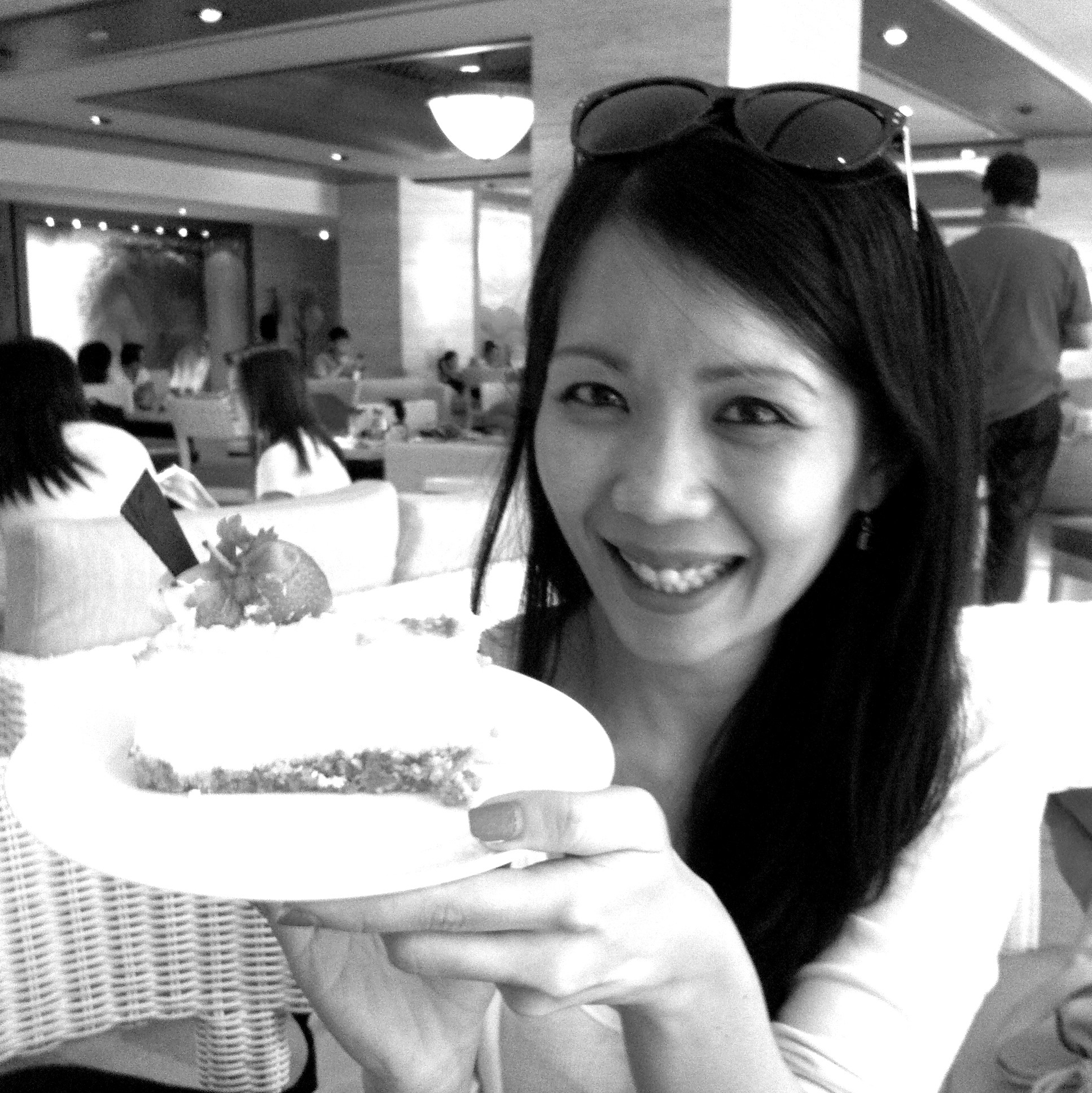Here are some tips on how to capture the taste of yesteryear.
When I began writing the chapter on Hainanese influences for my first book, Penang Heritage Food, which was published in 2010, I wondered why the Hainanese were cooking Nyonya food in their restaurants. I soon worked it out – I remember my mother telling me that her father, Khoo Beng Chiang,[1] had a full-time Hainanese cham phor (chef) in their house; he cooked both Nyonya and Western food.
Many well-to-do Nyonyas had full-time Hainanese cooks in their households – that was where they learned to cook Nyonya food. I understand that the two Hainanese brothers who started Loke Thye Kee restaurant used to work for Khoo Sian Ewe, a well-known land owner, civic leader, philanthropist and a prominent member of the Straits Chinese community in Penang.
The Hainanese were among the last Chinese language groups to arrive in Malaya, when the other language groups had monopolised most of the trades. They ended up working for the British in their households and kitchens, eventually playing a major role in the local food and beverage industry.
They looked after holiday bungalows up on Penang Hill, Cameron Highlands, Fraser’s Hill and Maxwell Hill, as well as rest houses all over Malaya, and worked in military messes, government canteens, and in the kitchens of the Penang Club, Chinese Swimming Club, Penang Swimming Club, Penang Sports Club and the Eastern & Oriental Hotel, among many. The restaurants at the main railway stations all over Malaya, as well as within the Malayan Railway trains, were run by the Hainanese.




